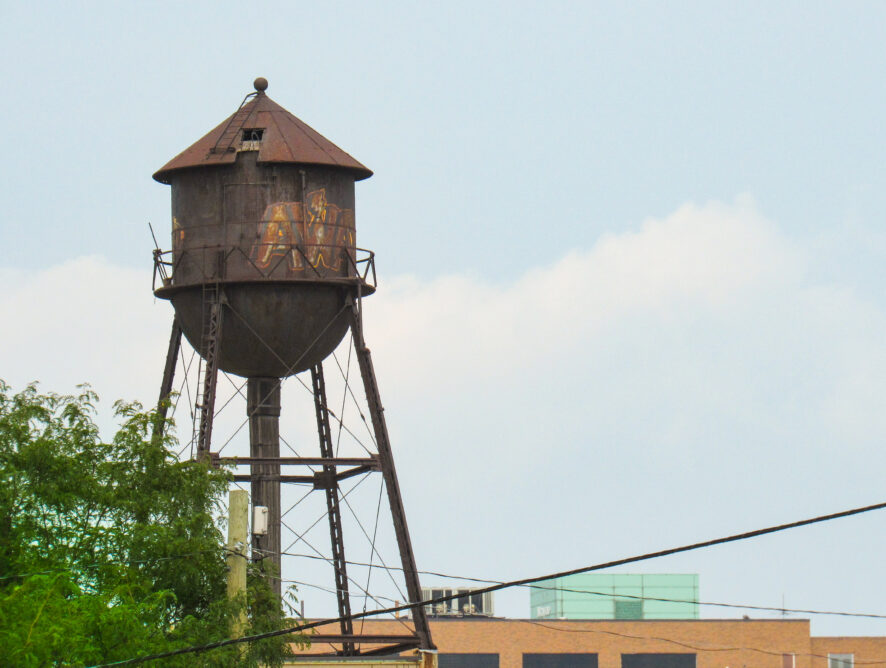The lifecycle of a creative hub in American cities is interestingly similar. Cass Corridor in Midtown Detroit is an example of that. A working-class neighborhood – for whatever reason – becomes increasingly impoverished. With poverty comes crime and a lack of opportunity, and an economic spiral that eventually slows, but rarely stops. And unlike abandoned industrial areas (where large parcels of land decay and hulking structures crumble and people only exist pedestrians, travelers, or squatters), neighborhoods still have homes. Perhaps they’re neglected or damaged, but these neighborhoods have living spaces. And affordable places to eat and drink.
And that brings the artists. People looking for an inexpensive roof over their head and a cheap meal and a place to gather and have a beer. And they’re willing to weather the crime and the danger for an affordable place to create. And art tends to attract more artists, and eventually, the neighborhood becomes an interesting place to live. For a while, those areas have a Golden Age where crime is down, art is abundant, costs are cheap, and a true, genuine community is formed. These Golden Ages last until rent prices are driven too high, restaurants are no longer affordable, and community gathering places become havens for small groups of private individuals who never acknowledge or engage each other.
Wicker Park in Chicago. Williamsburg in Brooklyn. Most of Austin, Texas. They’ve all seen this same familiar cycle.
And now Cass Corridor – once a hub of violent crime, drugs, and prostitution – bears the same strange heavy-haunched nobility of an over-the-hill heavyweight champion. It walks an ever-uneasy tightrope, trying to balance generations of widely differing communities, the sheen of a history of artistic genius, and the plodding weight of the spoils of victory. It is beautiful and it is tired. It is not what it once was – for better and for worse – but it knows that few have ever been what it once was. It is a history simultaneously whitewashed and celebrated.
I can understand why people love it, and I can understand why people hate it. I’m just sad I never saw it in its prime.
Anyway, this water tower still stands above it on Canfield Avenue.
